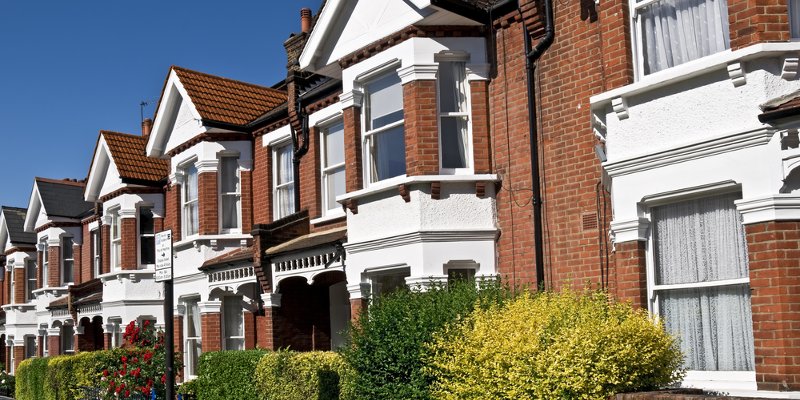Search Acumen’s analysis of HM Land Registry (HMLR) data showed the total value of commercial transactions rose 46% between 2016 and 2018.

Commercial sales of real estate exceeded £1bn in 2018 across 13 local authority districts of England and Wales, an analysis from property data insight and technology provider Search Acumen has found.
Search Acumen’s analysis of HM Land Registry (HMLR) data showed the total value of commercial transactions rose 46% between 2016 and 2018, from £65.65bn to £95.96bn. The total volume of transactions grew by 22% over the same period from 121,923 in 2016 to 148,965 last year.
Caroline Robinson, commercial real estate business development manager at Search Acumen, said: “The commercial real estate sector has continued to defy expectations since the EU referendum with both valuations and volumes of transactions growing significantly since 2016.
“Our insights have showed that Greater London’s commercial real estate transactions alone increased by more than 40% in value between 2016 and 2018 – generating an additional £10bn in annual sales – despite the volume only rising by 17% over the same period.
“The overall market slipped back slightly in 2018, which is sure to have been influenced by some investors and developers waiting for a Brexit breakthrough.
“Nevertheless, our insights paint a picture of a vibrant regional market for commercial real estate business.”
This strong activity meant the number of areas across England and Wales boasting a £1bn plus market for commercial sales of real estate has more than doubled, from six in 2016 to 13.
However, the data also indicates a potential Brexit slowdown took effect in 2018. Based on transactions logged with HMLR at the end of April 2019, total commercial activity for 2018 was down 4% by volume and 7% by value compared with the previous year, when 15 locations broke the £1bn plus barrier.
The average price of commercial sales also dipped from £632,203 in 2017 to £615,030 last year, although this remained 17% up on the average £525,297 seen in 2016.
The six areas of England and Wales to register more than £1bn of commercial real estate sales in 2016 all fell within Greater London.
Since then, the list has grown as activity has spread across the country, with Manchester, Leeds, Birmingham and Nottingham each registering £1bn plus of commercial sales in 2018.
The slowdown from 2017 to 2018 saw five areas drop out of the £1bn plus list: Hammersmith and Fulham, Newham, Ealing, Lambeth and Liverpool.
The latter was the most notable exclusion having placed second in 2017 for the total value of commercial purchases, before falling to 21st in 2018. Islington, Barnet and Nottingham entered the list in 2018.
The City of Westminster has held the top spot every year since 2015 and boasted almost three times the commercial investment in real estate than in any other area during 2018, with sales exceeding £7bn – more than 8% of the total for England and Wales.
Central London locations continue to dominate the list of areas across the whole of England and Wales that have enjoyed the biggest increase in spend on commercial real estate sales since 2016.
However, Walsall makes a notable appearance in the top five, having seen a 751% increase (£874m) in commercial real estate spend over two years.
Nottingham, which achieved more than £1bn in sales, was the sixth biggest growth area by change in value of investment.
Conversely, among those areas with the biggest fall in overall commercial real estate spend, Southampton saw the biggest drop in value by more than £265m while North Tyneside was hit by a -69% decrease.
Both Colchester and its immediate neighbour Babergh also saw big drops of £112m and £109m respectively.
Comparing areas of England and Wales by volume of commercial real estate sales, rather than value, Birmingham and Liverpool have held the top two spots since 2016.
Cities in the Midlands and the North of England are playing an important role in fueling commercial real estate traffic. The top five areas for transaction volumes are all based in the North of England and accounted for 7.4% of all transactions across England and Wales during 2018 (9,758).



